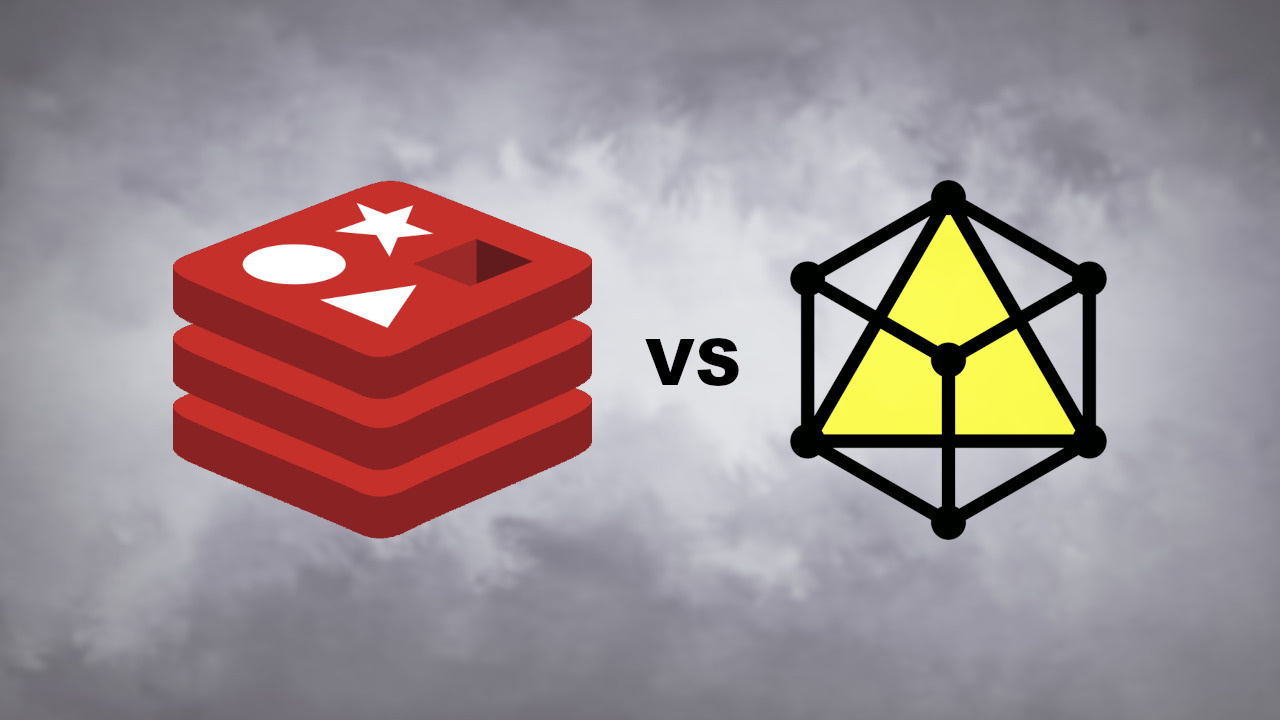Redis vs KeyDB

Redis and KeyDB are both in-memory data stores that belong to the NoSQL database category and are commonly used for caching, session management, and real-time data processing. While Redis has been widely adopted and is known for its performance and versatility, KeyDB is a fork of Redis that aims to provide enhanced performance and scalability. I have seen both implemented in high volume websites. I have seen organizations switch and also use both. Which one you chose is really dependent on your specific workload.
Performance
KeyDB claims to offer better performance compared to Redis, especially in scenarios where high throughput and low latency are crucial. KeyDB achieves this through various optimizations, including multi-threading support, reduced lock contention, and improved memory management. This does not dismiss Redis as nonperformant. Both are capable of scaling to 1000 nodes.
Multi-threading
KeyDB supports multi-threading, which means it can utilize multiple CPU cores to execute commands concurrently. This allows for better utilization of hardware resources and improved performance in multi-core environments. Redis, on the other hand, is single-threaded by default, although it does provide some limited support for multi-threading. According to the documentation, "I/O threading is currently not supported with TLS." One of the Redis diagnostic pages states the following:
Redis uses a mostly single threaded design. This means that a single process serves all the client requests, using a technique called multiplexing. This means that Redis can serve a single request in every given moment, so all the requests are served sequentially. This is very similar to how Node.js works as well. However, both products are not often perceived as being slow. This is caused in part by the small amount of time to complete a single request, but primarily because these products are designed to not block on system calls, such as reading data from or writing data to a socket.
Compatibility
KeyDB is designed to be highly compatible with Redis. It aims to provide Redis-compatible commands, data structures, and protocols. This means that most Redis clients and applications can work seamlessly with KeyDB without any code modifications. Some Redis commands guarantee sequential execution order, which may not be preserved in KeyDB's multi-threaded environment. For example, commands like WATCH and MULTI/EXEC that ensure atomicity and transactional behavior in Redis may not provide the same guarantees in KeyDB. KeyDB provides its own transaction mechanism using the KTIMED command for achieving atomicity across multiple operations.
Clustering and Sharding
Redis has built-in support for clustering and sharding, allowing data to be distributed across multiple nodes for scalability and high availability. KeyDB, being a Redis-compatible fork, also supports Redis clustering with some additional enhancements. In fact, the cluster specification pages for Redis and KeyDB read very similarly. KeyDB Cluster leverages its multi-threaded architecture to provide improved performance and throughput compared to Redis Cluster. The multi-threading capabilities allow for parallel execution of commands across multiple CPU cores.
Enterprise Features
KeyDB offers some enterprise-oriented features that are not available in Redis. These include thread pooling, improved memory management, server-side auto-replication, and a dynamic module system for extensibility. These features aim to enhance performance, scalability, and ease of use in production environments. KeyDB Enterprise offers professional support options, including priority support, assistance with deployment and configuration, and timely bug fixes and updates.
Community and Ecosystem
Redis has a large and active community with extensive documentation, numerous third-party libraries, and a rich ecosystem of modules and tools built around it. KeyDB, being a relatively new fork, has a smaller community and ecosystem compared to Redis. However, it leverages Redis's existing ecosystem and compatibility, which can be beneficial for users familiar with Redis.
When choosing between Redis and KeyDB, it's important to consider your specific use case, performance requirements, and the trade-offs associated with each option. If you require maximum compatibility with Redis and prefer a mature and widely adopted solution, Redis might be the better choice. On the other hand, if you have specific performance requirements and can benefit from multi-threading capabilities, KeyDB could be a viable alternative. Of course, if neither of these suit your needs, maybe memcached or Hazelcast are your thing.
